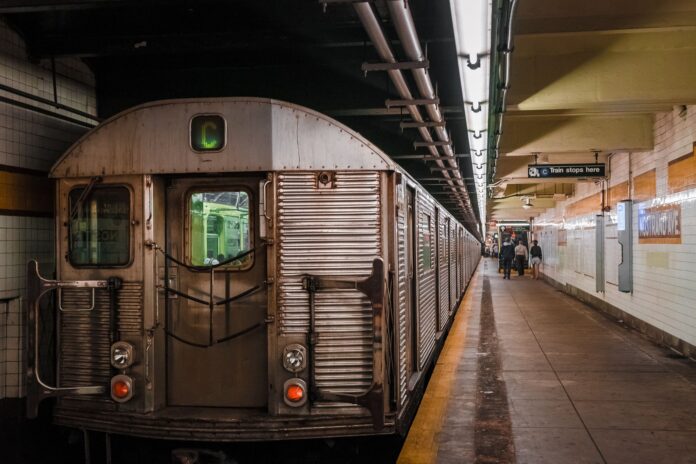Symbol of the frenzy of modern cities and traveled by millions of people every day, the subway is one of the most comfortable and used means for those who have to move quickly in the city. But what is the eldest? Here are the oldest subways in the world.
The OLDEST SUBWAYS in the WORLD
#10 The Madrid metro (1919) and the station to travel back in time
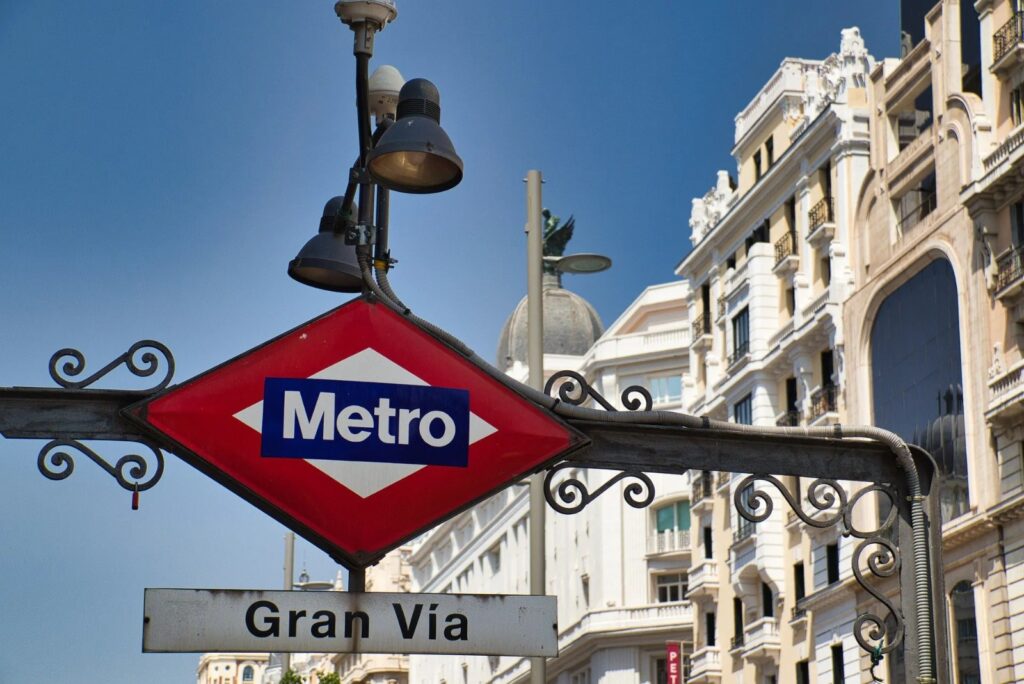
It has completed its first century of life: the Madrid metro is one of the 10 oldest metros in the world and the first to be built in Spain. It was King Alfonso XIII of Bourbon who inaugurated it on October 17, 1919, who contributed to making the city more dynamic, transforming it into a real metropolis. Gran via, Sol, La Latina, are the most iconic stops and the most traveled by tourists, but the Madrid metro stations welcome interesting curiosities and real works of art.
One of the most curious stops is certainly the Chamberí Ghost Station, which once closed has remained exactly as it was in the 1950s. By now, even the metro sign has turned into a real icon. The unmistakable red diamond has become so important that it is included among the 100 most influential and internationally recognized brands of Spanish companies.
#9 Septa of Philadelphia (1907) entirely made with private capital
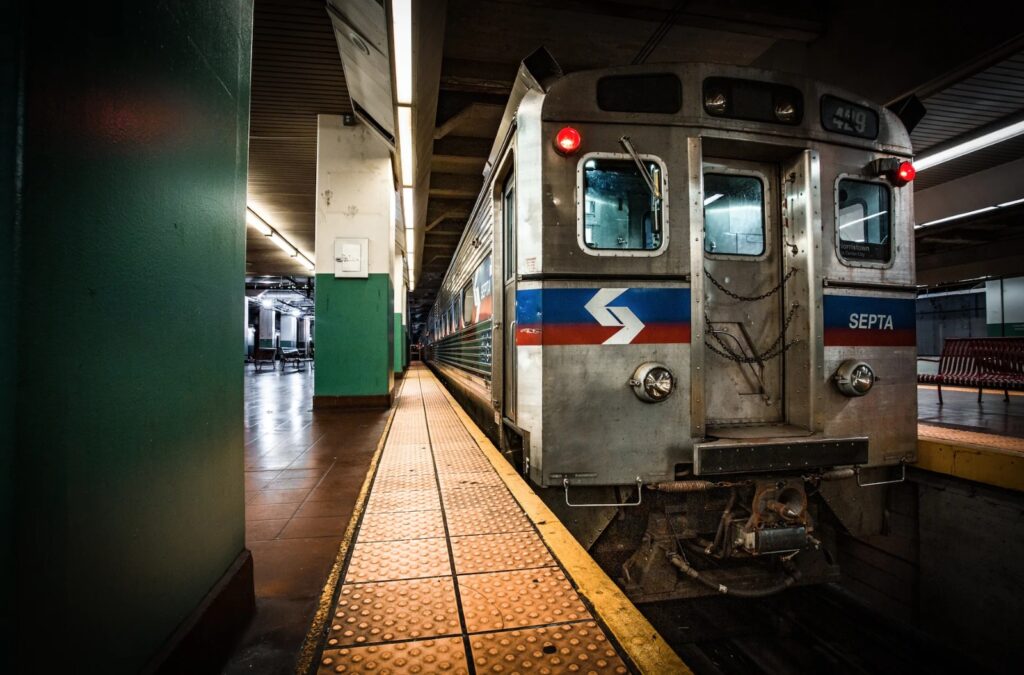
Known for some sections that are on the surface, the Philadelphia subway with its 208 stations is the fastest public transit to visit one of the oldest cities in the United States. With the intention of following in the footsteps of other American cities such as Chigago, Boston and especially New York, in 1890 plans were proposed for the first subway line to create a network that connected the whole city. The construction of the first tracks ended in 1907 and a rather unusual fact is that the initial works were financed only with the help of private capital without any contribution from public funds.
#8 The New York Subway (1904) and the secret station

New York City Subway, the subway network that serves the largest city in the United States and also one of the oldest and largest networks in the world. In the annual count it carries more passengers than the total sum of all other US metros, with 472 operating stations and non-stop service 24 hours a day 365 days a year. The first line of the Subway dates back to 1904, almost 35 years after the opening of the first elevated railway line in New York. 30,000 workers worked on its construction and in the first day of activity 127,381 people used it. Perfect for visiting iconic places such as the Empire State Building or the MoMa, its use is essential for a complete tour of the Big Apple. A curiosity: there is a secret and inaccessible station, abandoned because it is curved.
#7 The Berlin U-Bahn (1902) for a long time divided and developed independently in the East and West
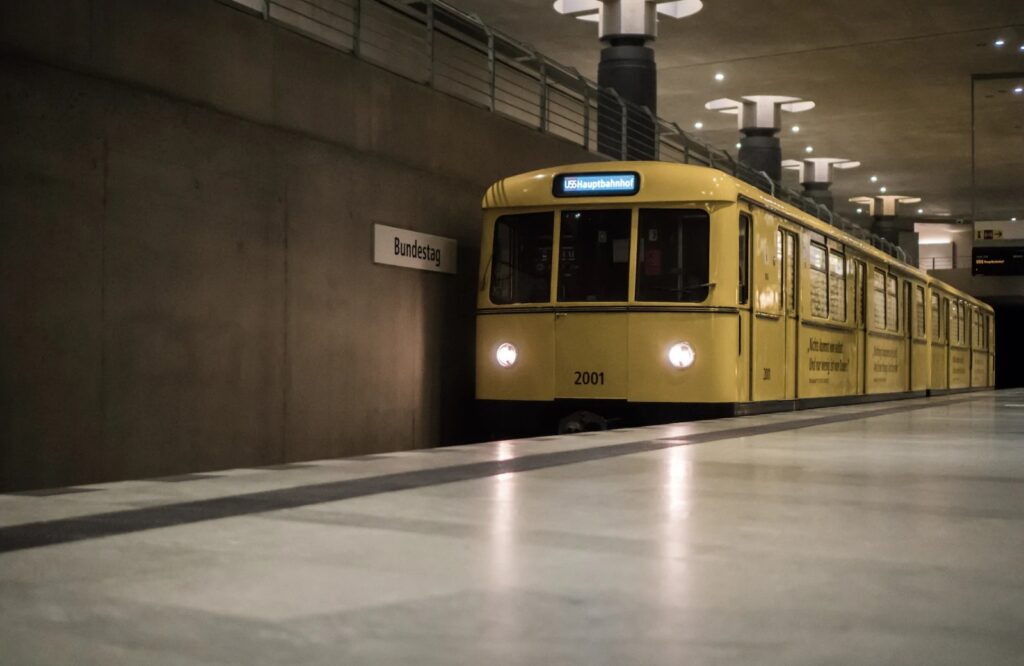
The U-Bahn, with a longitude of almost 150 km of tracks and equipped with 175 stations, connects the entire German capital at a speed of 75 km/h. The works began in 1896 with the aim of reaching those areas not served by the urban railway. The metro was seen as a means of developing German industry and the first section was opened to users in 1902. Passing through important historical moments, the Berlin metro reflects the history of the city.
With the outbreak of the Second World War and subsequent bombings on the capital, the network was continuously damaged. Closed in 1945 it was used as a bunker to take refuge from an incalculable number of people. After the war it was again functional, but with the physical division of the city, which took place in 1961 with the construction of the Berlin Wall, also the U-Bahn was divided into two autonomous sections and until 1989 the citizens of East Berlin were imposed restrictions for its use and most of the stops became ghost stations.
The S-Bahn integrates the underground network, which differs from the U-Bahn because it runs on the surface.
#6 The Paris Metro (1900) and its Art Nouveau style
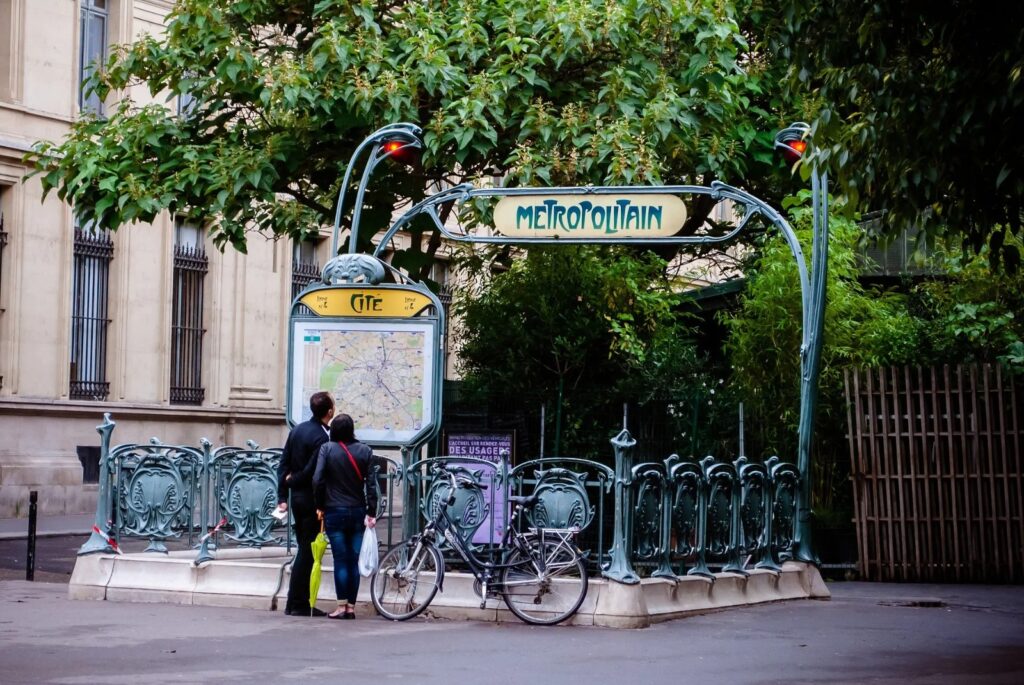
With its unmistakable character and style, the Paris metro is certainly one of the symbols of the city and its Art-Nouveau. Originally called Chemin de Fer Métropolitain (“Metropolitan Railway”), it later became Métropolitain, and then quickly shortened to Métro. The first line was opened on the occasion of the Universal Exhibition on 19 July 1900, the system was then rapidly extended and the core was completed in 1920. The Métro network is 225.1 km long, consists of 16 mostly underground lines and has 306 stations. It is the third largest metro network in Western Europe, after London and Madrid, and perfect for visiting the most emblematic places in the “city of love”.
#5 The historic Budapest metro (1896), the first electrified in Europe
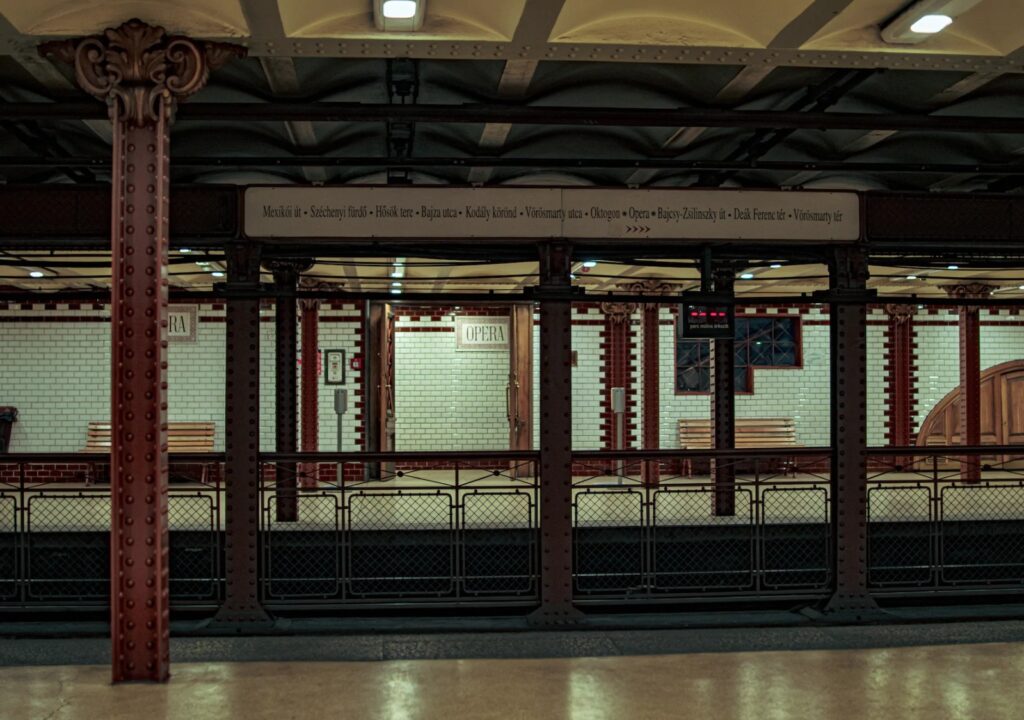
Getting on the Budapest metro is like traveling through time. The Budapest metro, in Hungarian “Budapesti metró”, is the second oldest metro in Europe and the first electric metro in the Old Continent. The first line, M1 called “Földalatti”, was opened in 1896 for the celebrations for Hungary’s millennium. In 2002 it was declared a UNESCO World Heritage Site and today it is also part of the city’s tourist attractions, hosting the Millenium Undergorund Museum. Here the story of the golden period of the M1 is told, a line crossed by yellow trains and with meticulously decorated stations still visible today.
#4 Glasgow circular metro (1896) remained as extensive as it was at birth
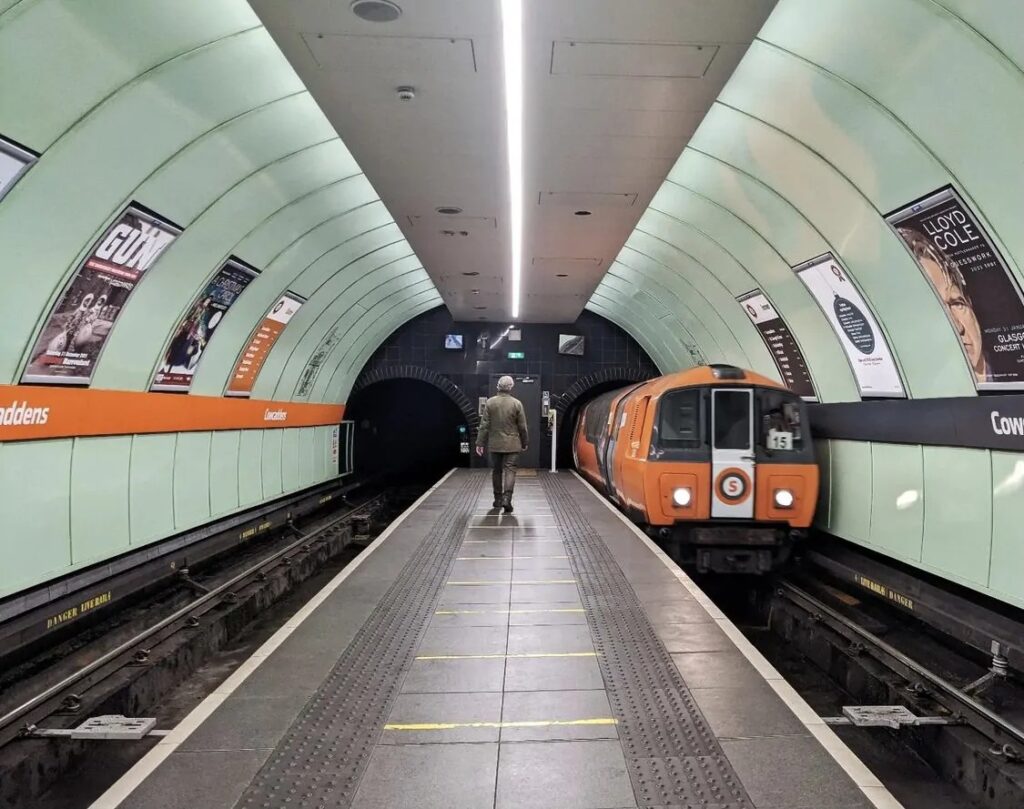
Considered a historical monument in itself, Glasgow Metro was inaugurated in 1896. Construction began in 1892 and many of the original wooden carriages remained operational until 1977. Formed by a single circular line, which was never extended , continues to be used even today, but with orange trains renewed in the 70s. It is the only system in the UK other than London’s famous Underground and an extension of the system to the south of the city has recently been proposed, but it still remains just a blueprint for Scotland’s most populous city fond of its unique line.
#3 The “L” of Chicago (1892), one of the seven wonders of the city
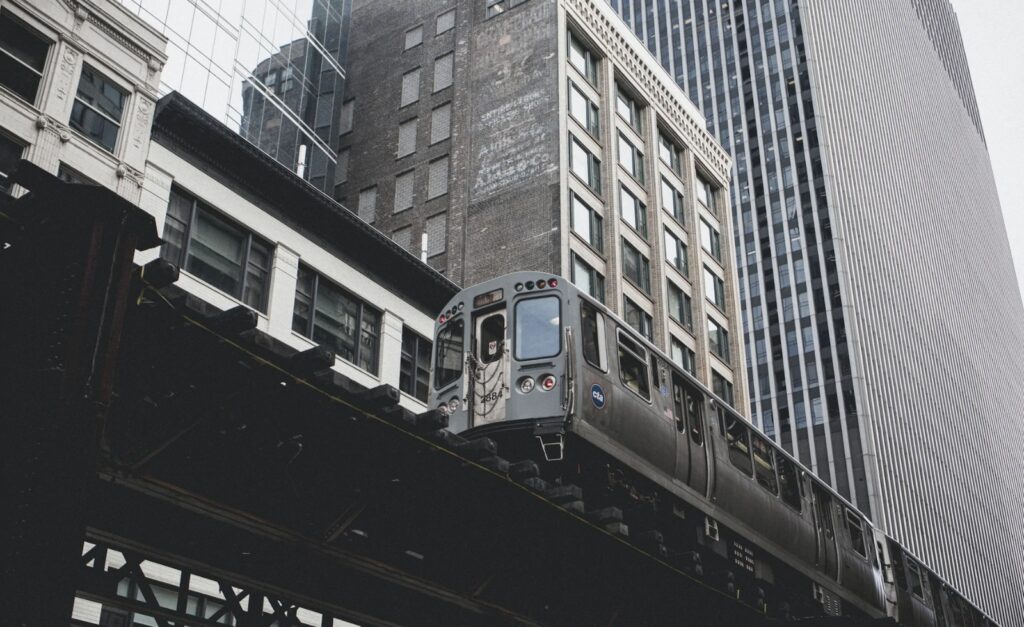
The “L”, an original name for one of the oldest subways in the world. “L” stands for “elevated”, in fact much of the Chicago subway system runs on an elevated path. Operating since June 6, 1892, it has always been the fastest public transport system to serve the city and which has allowed its demographic growth. In 2016, the “L” had 1,492 train carriages, eight different lines and 145 stations, taking third place as the busiest metro in the United States, averaging over 700,000 people per week. For citizens it is now more than just a means, as demonstrated by a 2005 poll, where the readers of the Chigago Tribunel voted the network as one of the “seven wonders of Chicago“.
#2 The Tünel of Istanbul (1875), the “city lift” of 573 meters in length
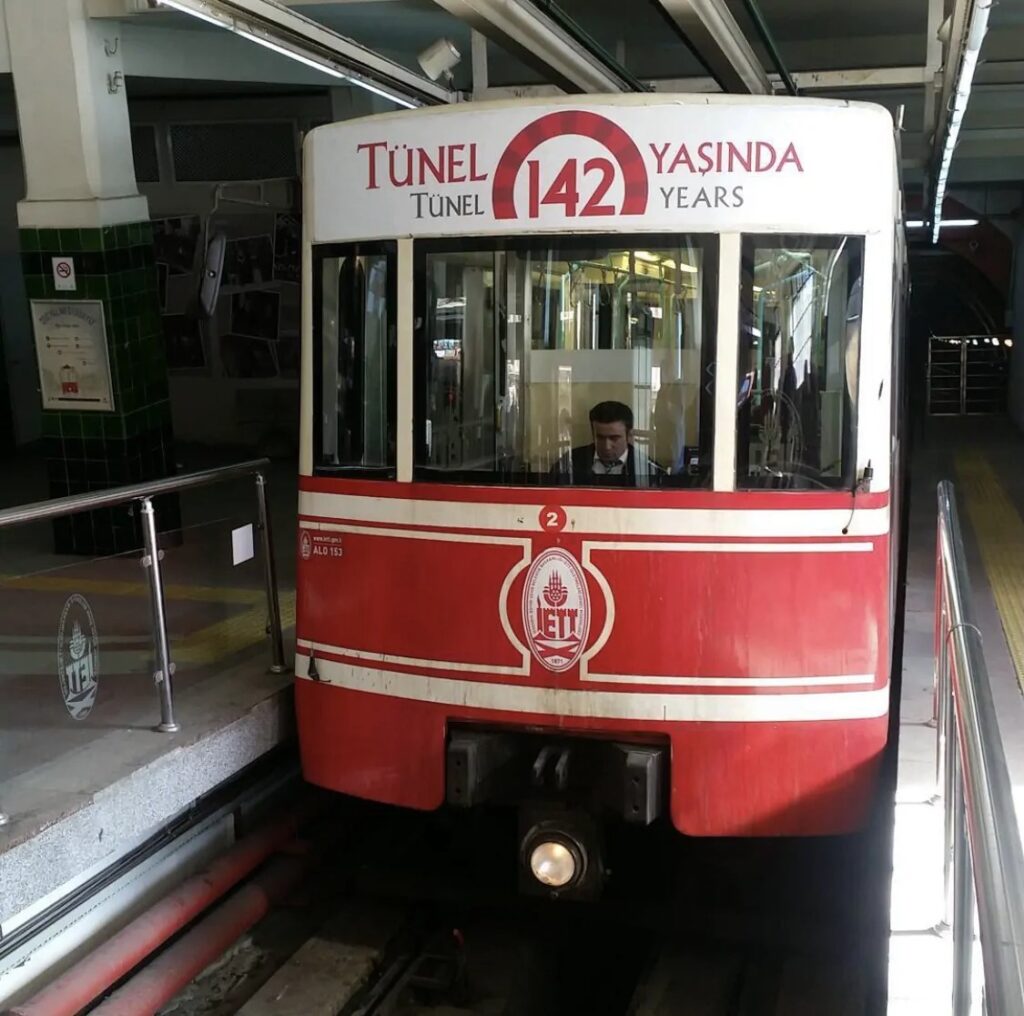
In second place as the oldest metro in the world we have the Tünel, the first underground train in continental Europe in Istanbul, Turkey. Completely underground, excluding the two departure and arrival stations, the Istanbul metro was inaugurated on January 17, 1875. Conceived by the French engineer Eugène-Henri Gavand as “a kind of lift for getting on and off”, it was immediately appreciated to facilitate the connection between Pera and Galata hindered by the hill that the Tünel runs through. Today, the short line of only 573 meters is no longer so vital for city traffic, but it is still frequented by 12,000 passengers a day and certainly an attraction for tourists who can travel the entire route in just 90 seconds.
#1 London and the oldest underground in the world (1863)
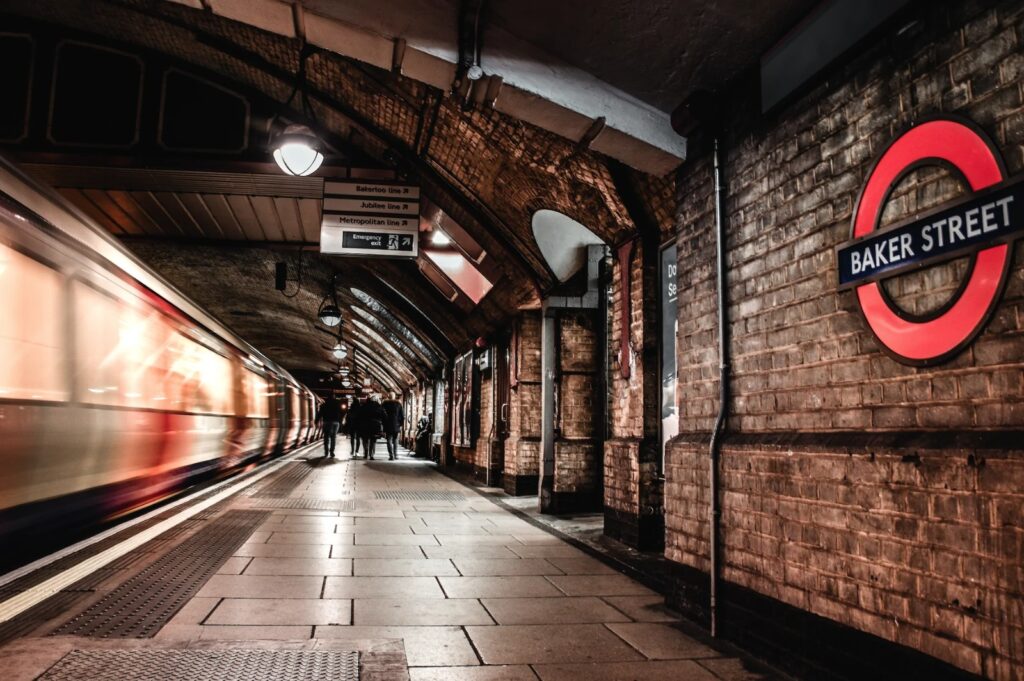
And to win the absolute record for the first subway in the world could only be her, the London Underground. The first line was the Metropolitan, inaugurated in January 1863 and operated with two steam carriages until 1905, when it was electrified. The District Line was then activated in 1868 and the union of the two lines at Tower Hill gave rise to one of the busiest underground lines in London, the Circle Line. the second line.
Although today the underground, or tube, is a perfectly integrated system, until 1933 it was made up of separate lines, each managed by an independent company. Despite the management difficulties, the London underground continued to expand becoming what is now a 408 km long transport network with the inevitable precision, as expected from the English capital.
Continue reading: ELIZABETH LINE: works on the 100 km long subway line are finished
FABIO MARCOMIN
(Original article by Sara Ferri)


